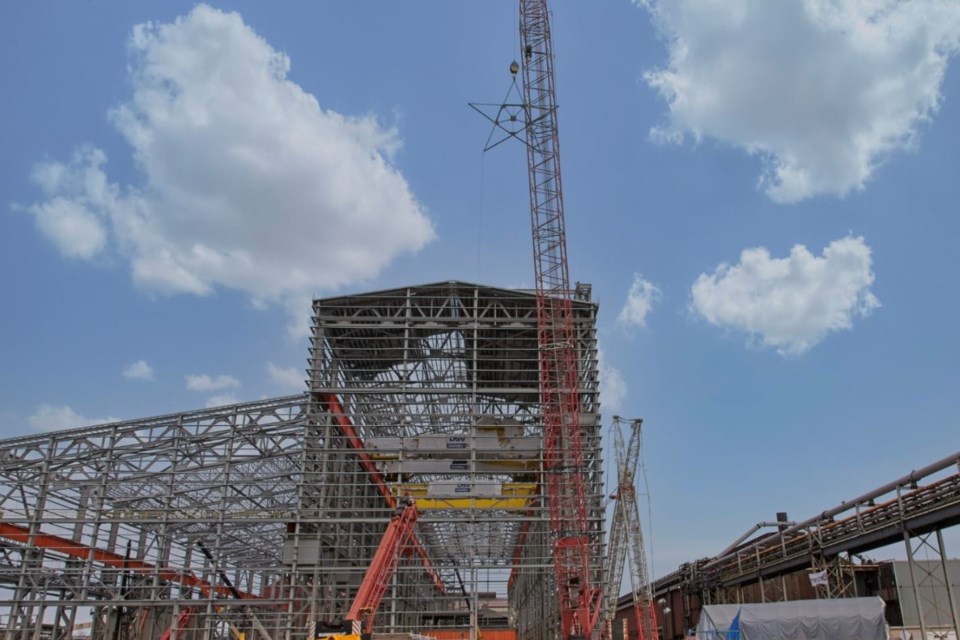A six-week autumn strike by the United Auto Workers union against U.S. Ford, General Motors and Stellantis plants was one factor in reducing Algoma Steel's operational performance, the steelmaker says.
In a statement anticipating its upcoming fiscal third-quarter results, the company predicts its adjusted EBITDA, considered a key measure of profitability, will be somewhere between breakeven and a $10-million loss.
Shipments are expected to be approximately 515,000 tons, down from 548,998 tons in the previous quarter.
“Our operations ran in line with our expectations during the fiscal third quarter, with a heavy focus on seasonal maintenance that included completion of our annual basic oxygen furnace relining and other servicing across the steelworks," said chief executive officer Michael Garcia.
"Due to the lagging nature of our order book, UAW strike-driven soft demand and pricing in the previous quarter and through October impacted our fiscal third-quarter results.
"Progress on our electric arc furnace project continued pace and on budget, and at quarter-end we had committed and priced approximately 86 per cent of the project’s total expected cost based on the unchanged midpoint of our project budget.
“In October, steel pricing began to recover in anticipation of a strike settlement, and since the strike’s end pricing has continued to improve, currently sitting near 12-month highs.
"We expect this pricing strength, coupled with continued solid market fundamentals, to drive significantly improved realized pricing and overall fiscal results starting with our fiscal fourth quarter,” Garcia said.
Algoma Steel has its own definition of adjusted EBITDA: "net (loss) income before amortization of property, plant, equipment and amortization of intangible assets, finance costs, interest on pension and other post-employment benefit obligations, income taxes, restructuring costs, impairment reserve, foreign exchange gain, finance income, inventory write-downs, carbon tax, changes in fair value of warrant, earnout and share-based compensation liabilities, transaction costs, share-based compensation, and past service costs related to pension benefits and post-employment benefits."
